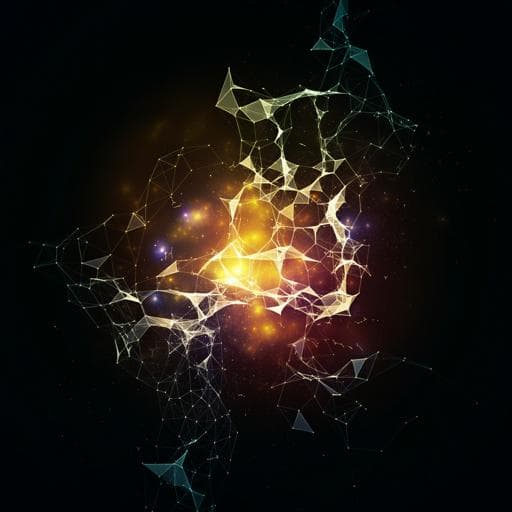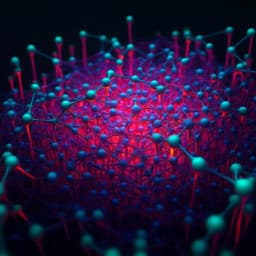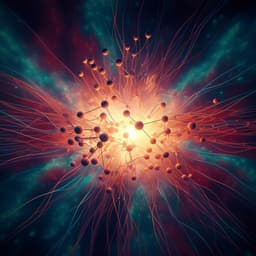
Physics
Resolution-enhanced X-ray fluorescence microscopy via deep residual networks
L. Wu, S. Bak, et al.
This groundbreaking research conducted by Longlong Wu, Seongmin Bak, Youngho Shin, Yong S. Chu, Shinjae Yoo, Ian K. Robinson, and Xiaojing Huang introduces a novel machine learning approach to significantly enhance the spatial resolution of X-ray fluorescence microscopy, transforming low-resolution images into high-quality super-resolved outputs. Discover how this innovative technique improves XRF tomography reconstructions for vital materials like LiNi0.6Mn0.2Co0.2O2 particles.
~3 min • Beginner • English
Related Publications
Explore these studies to deepen your understanding of the subject.







